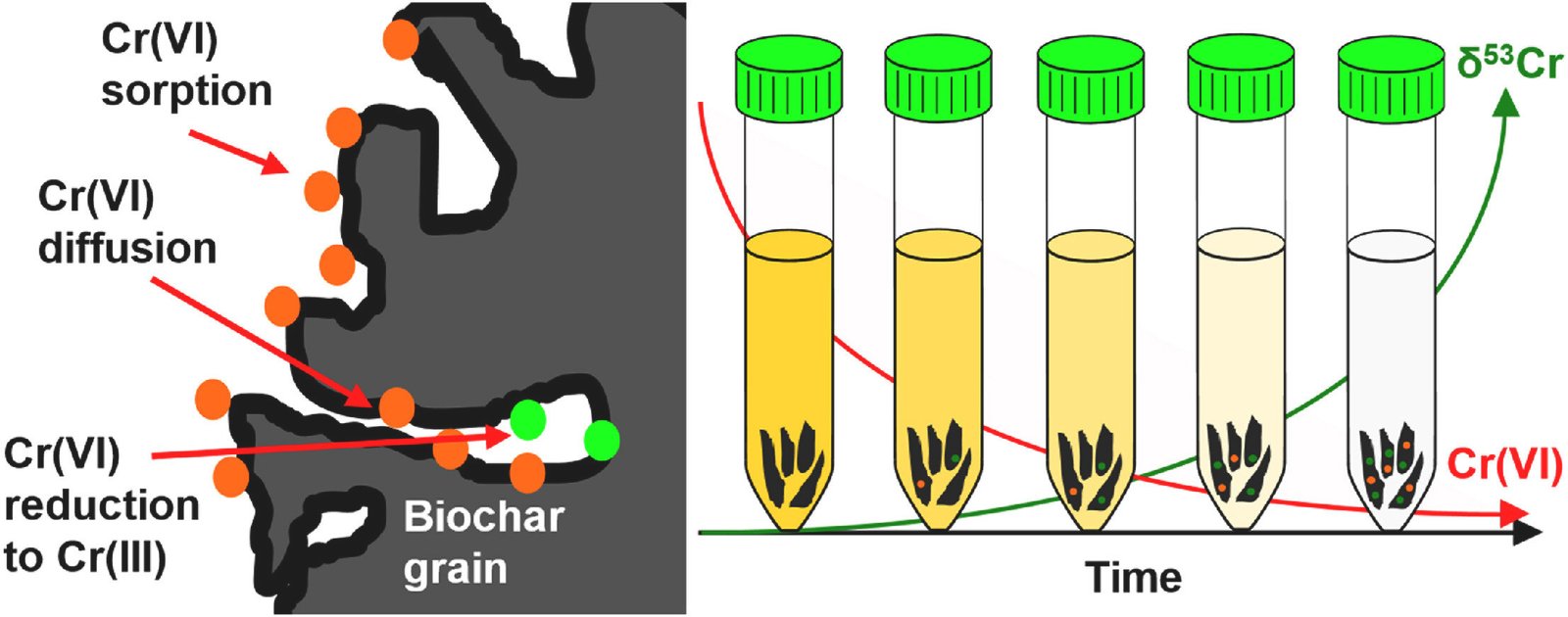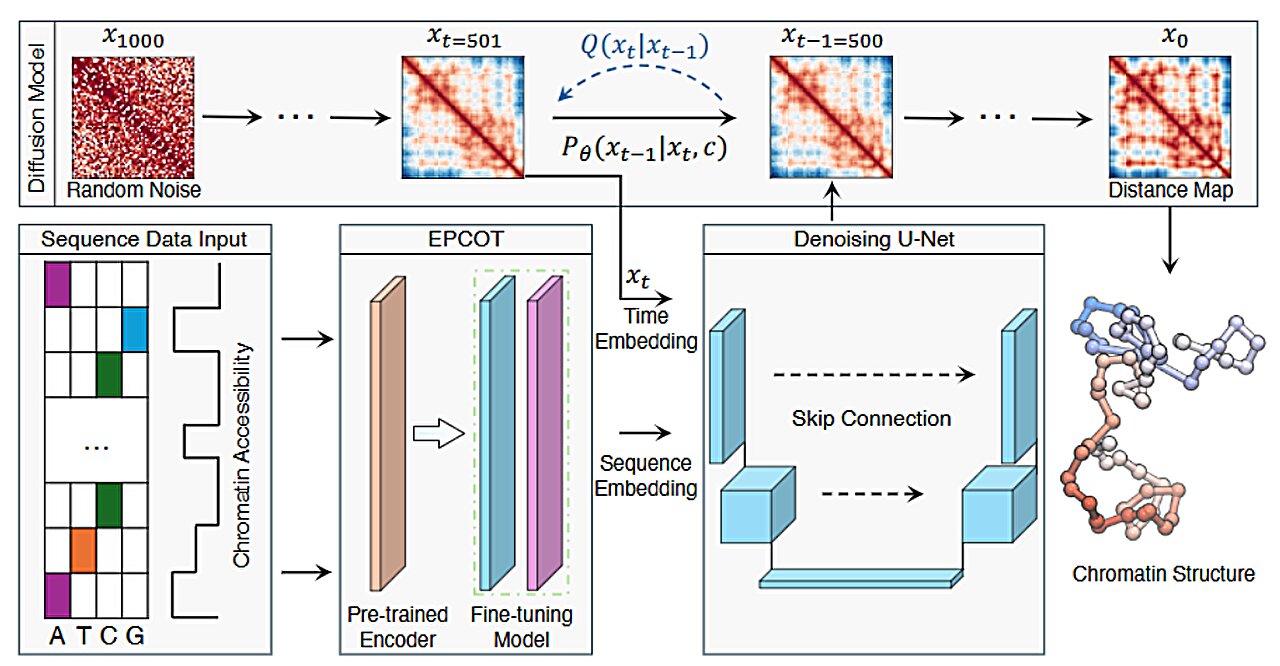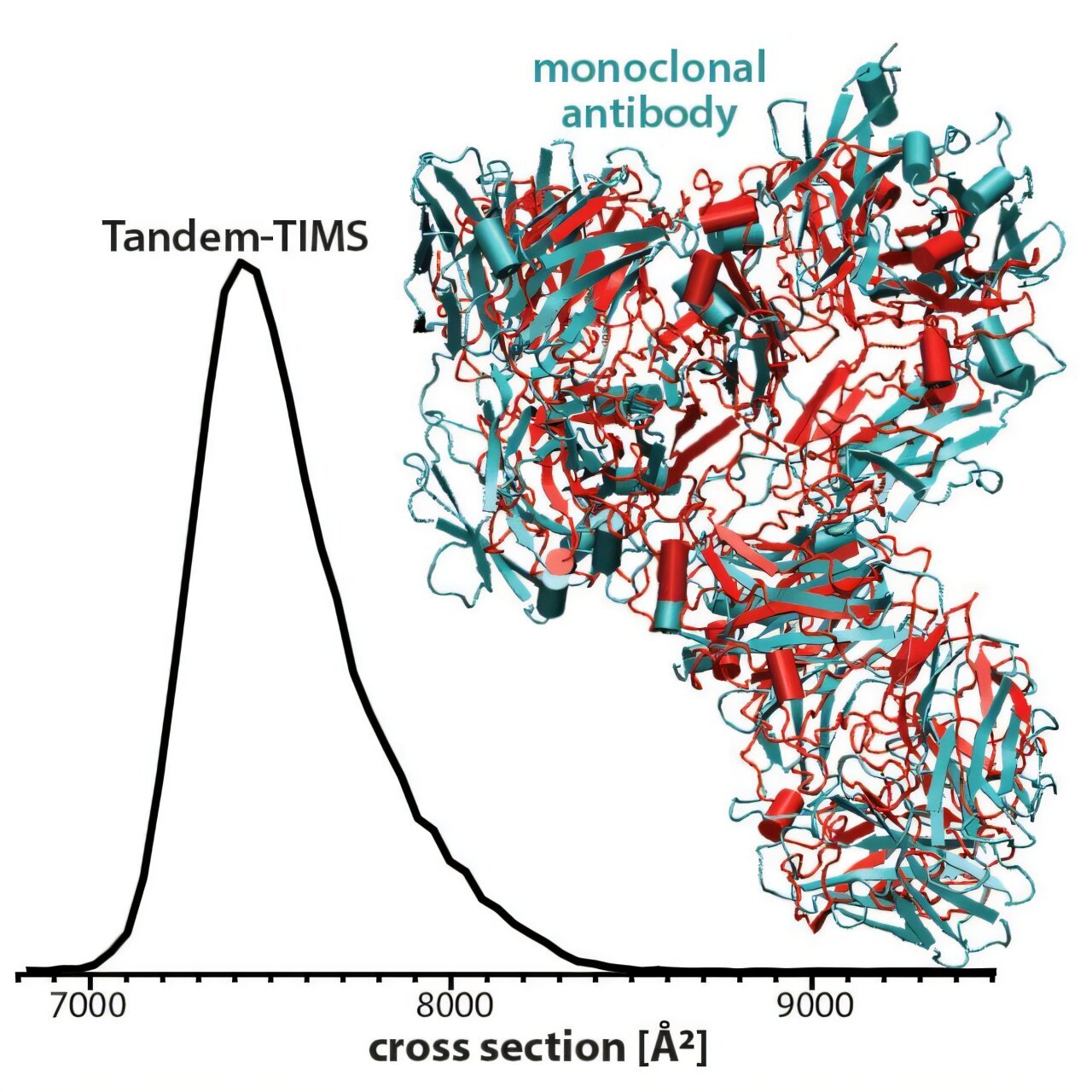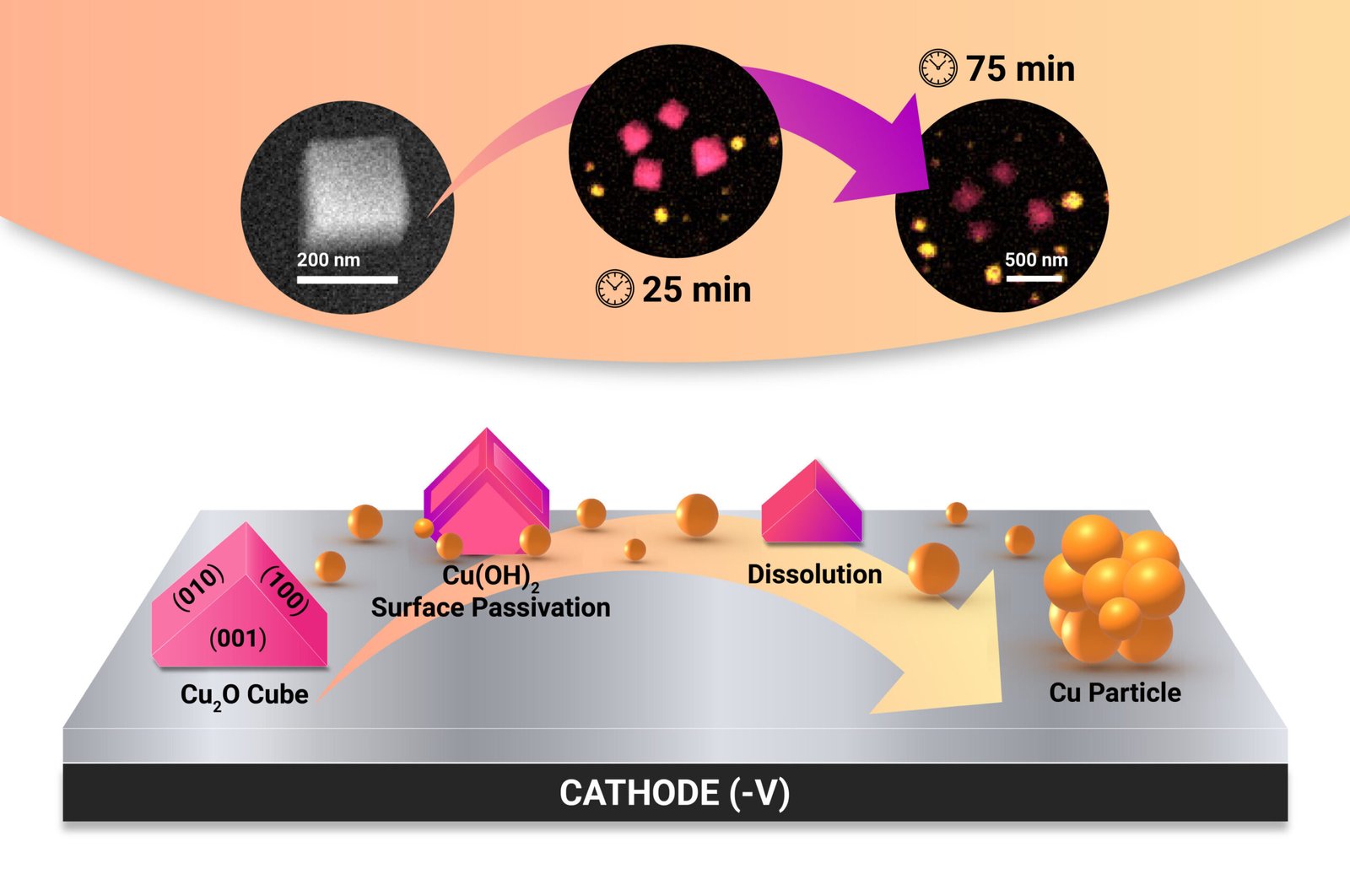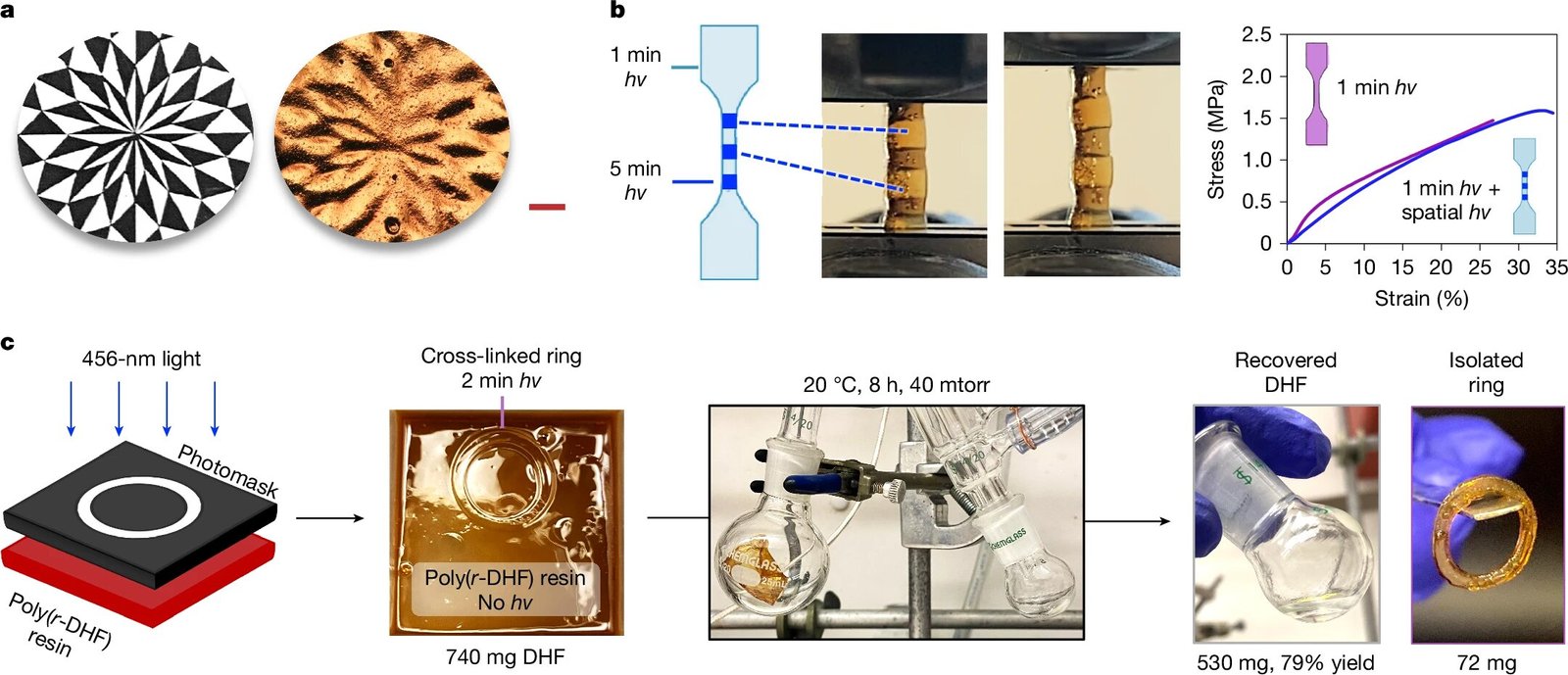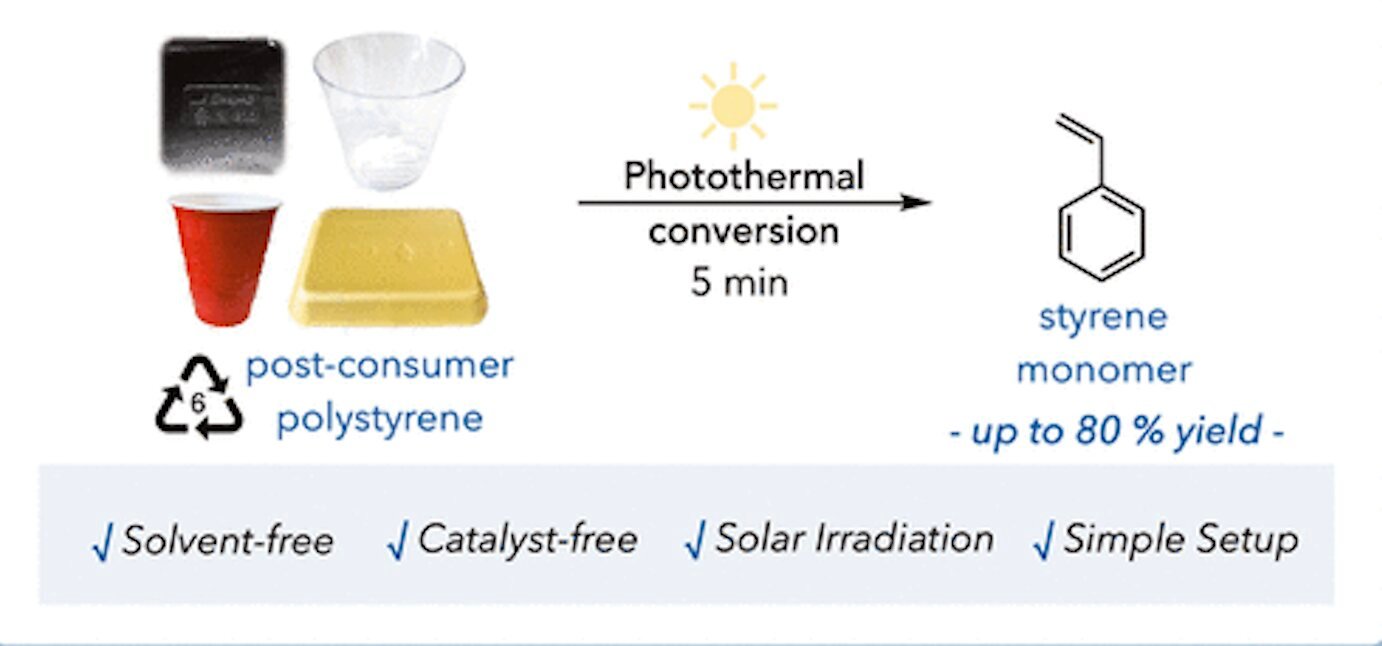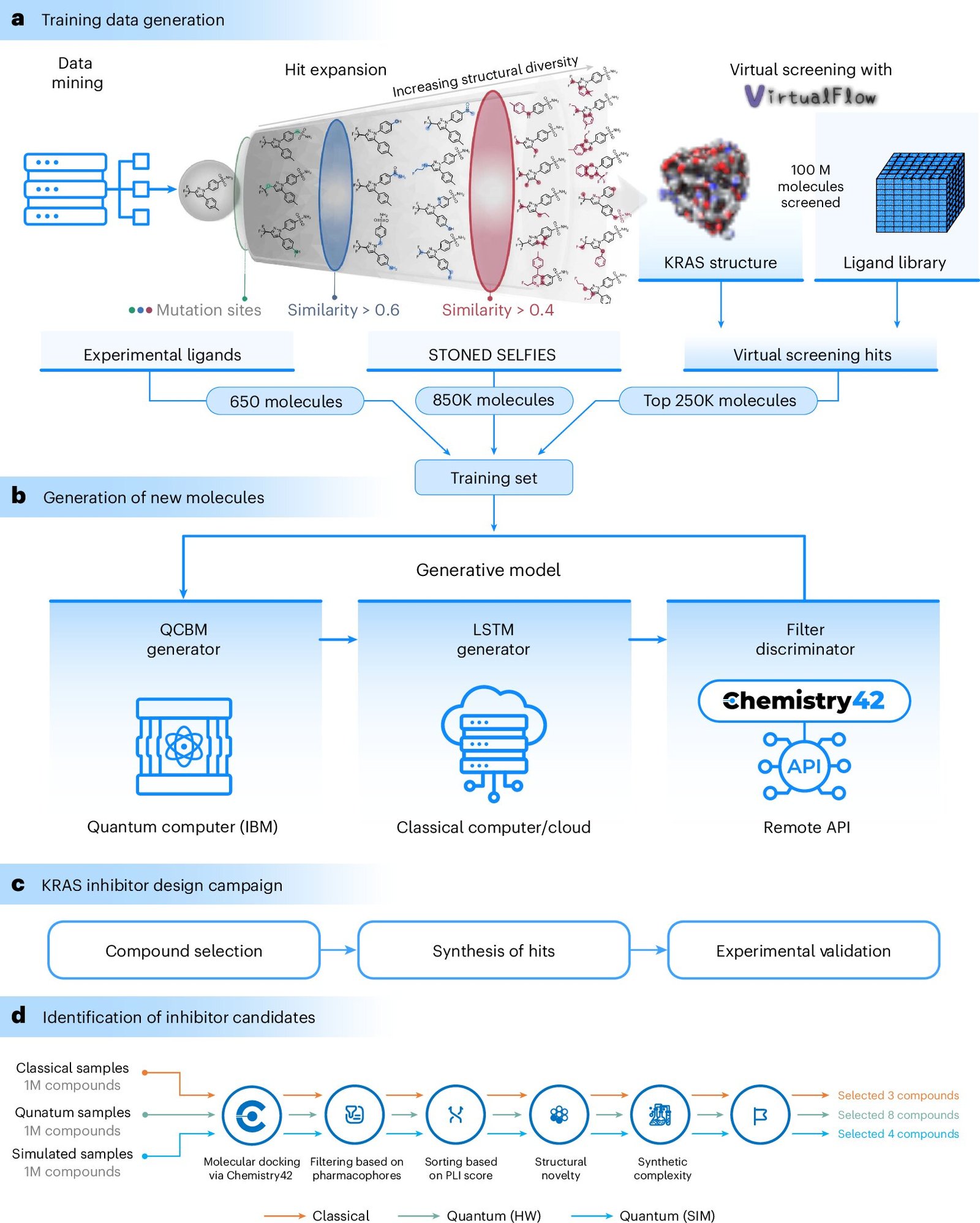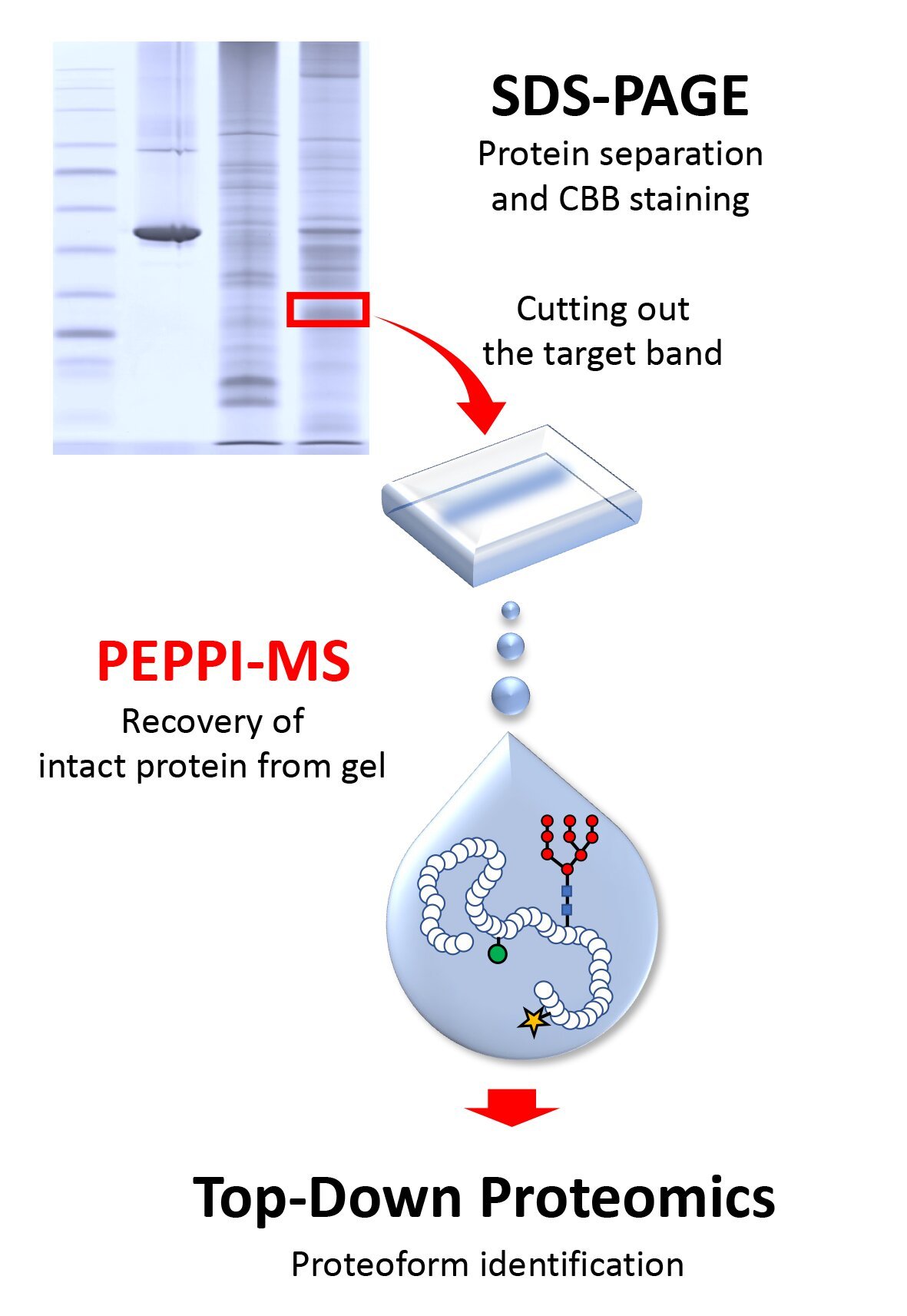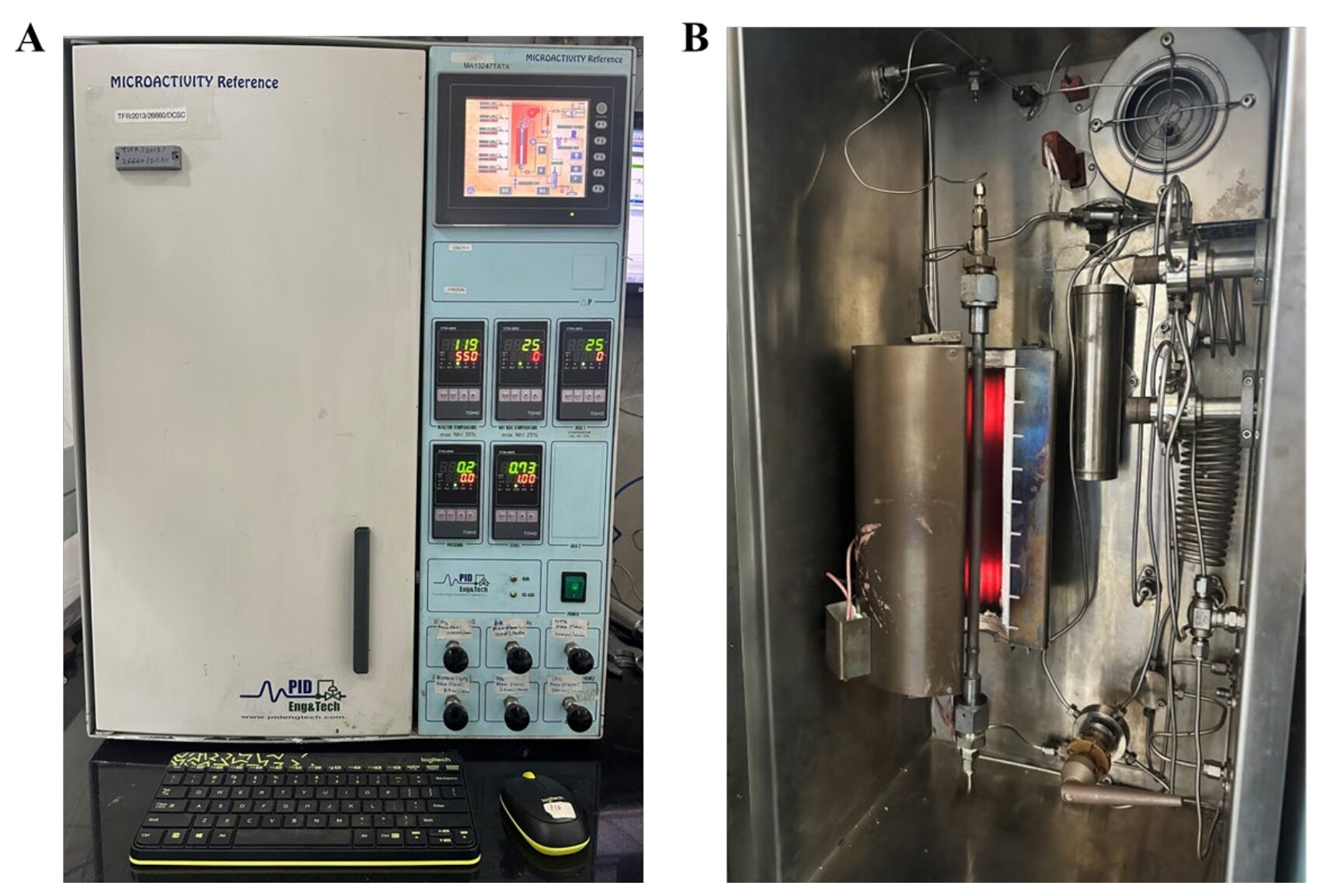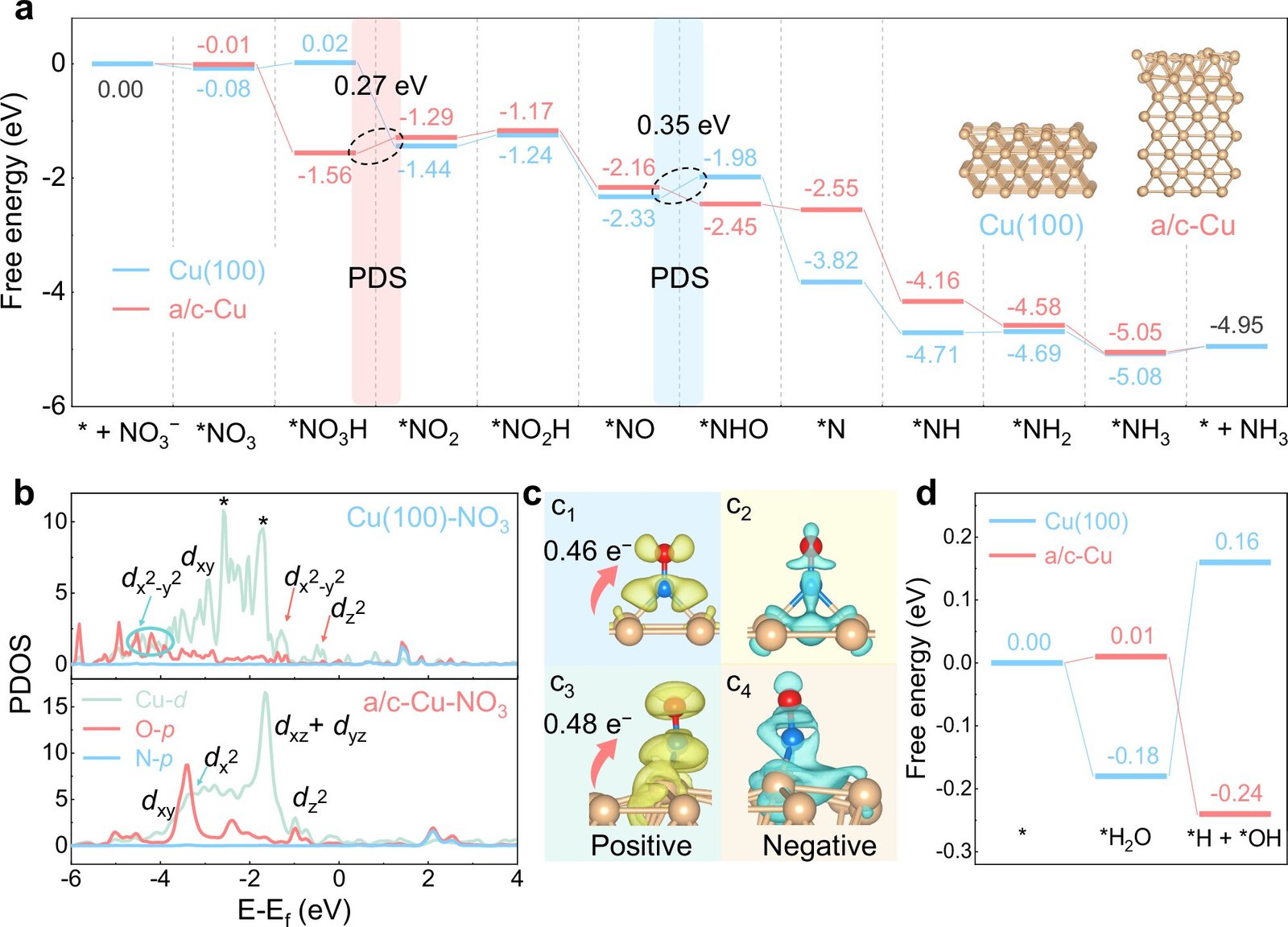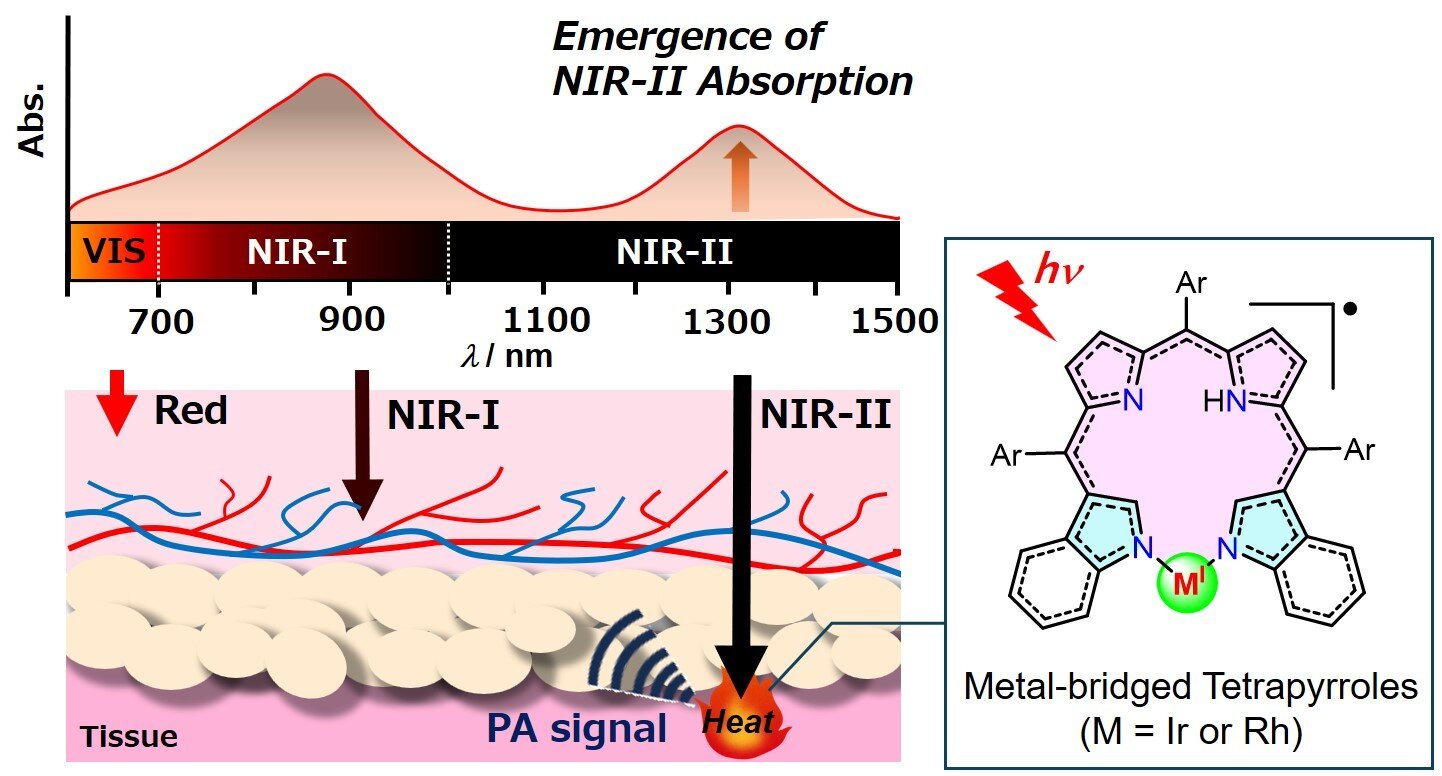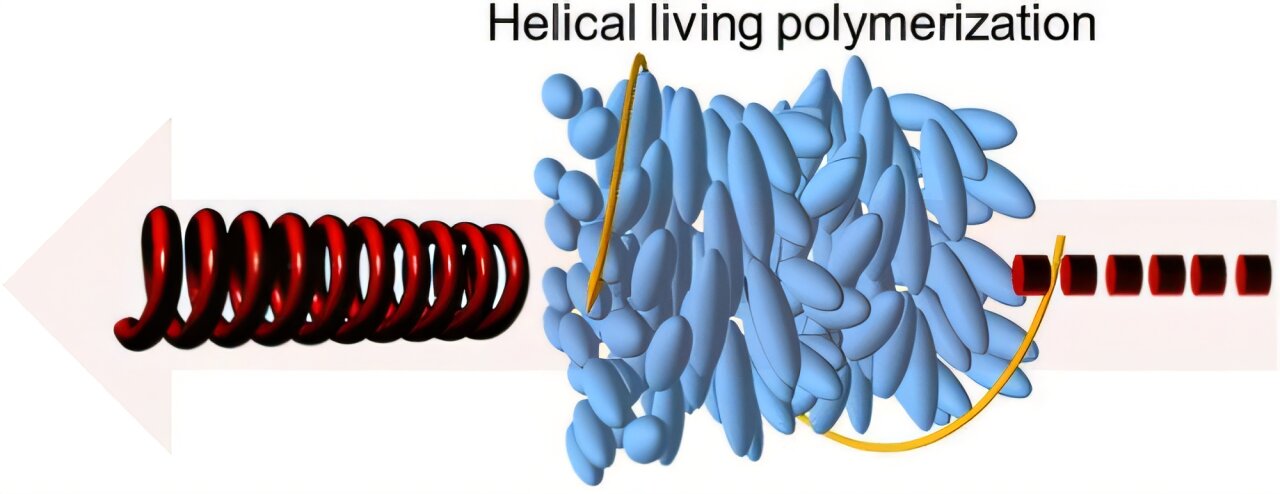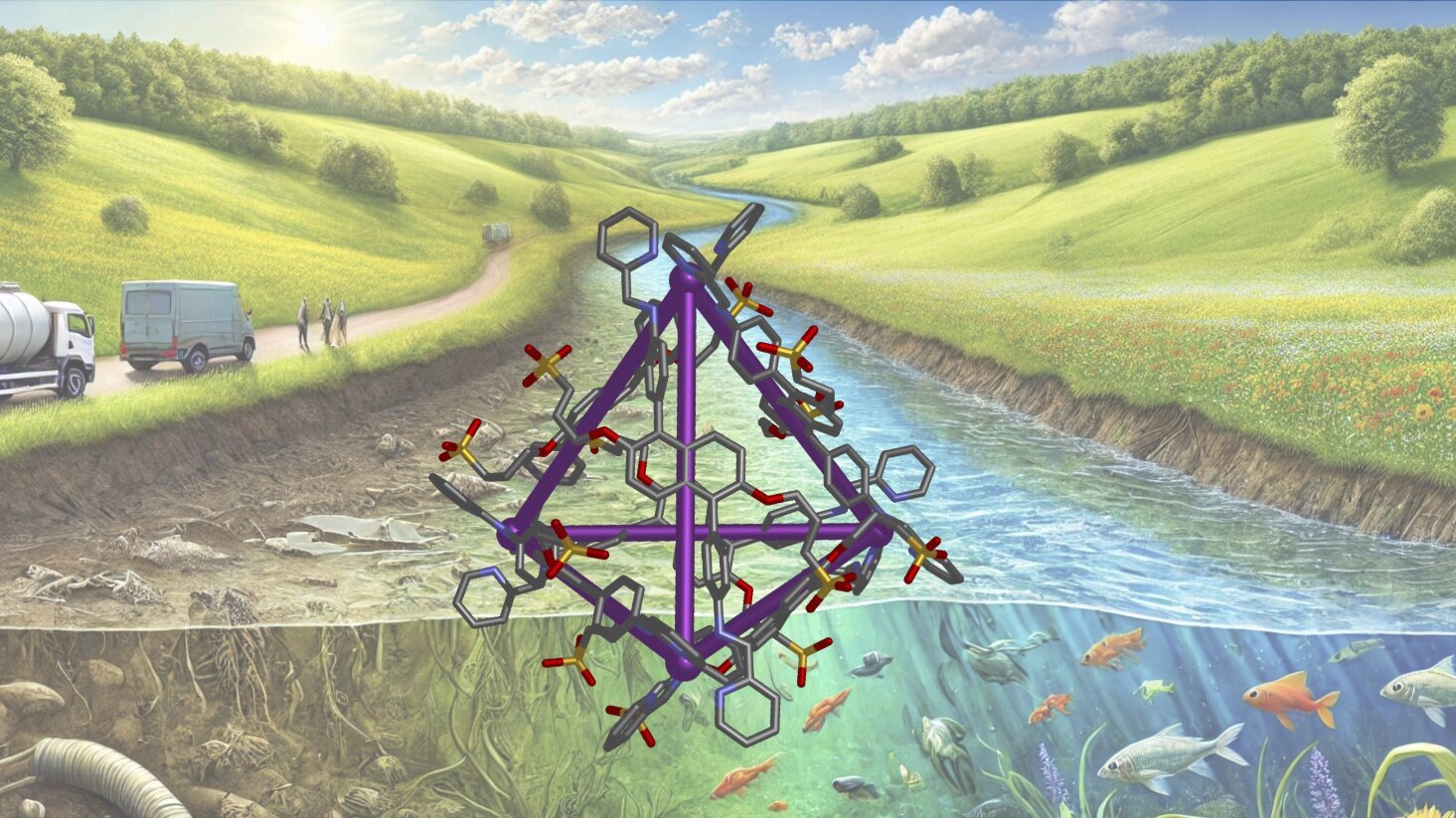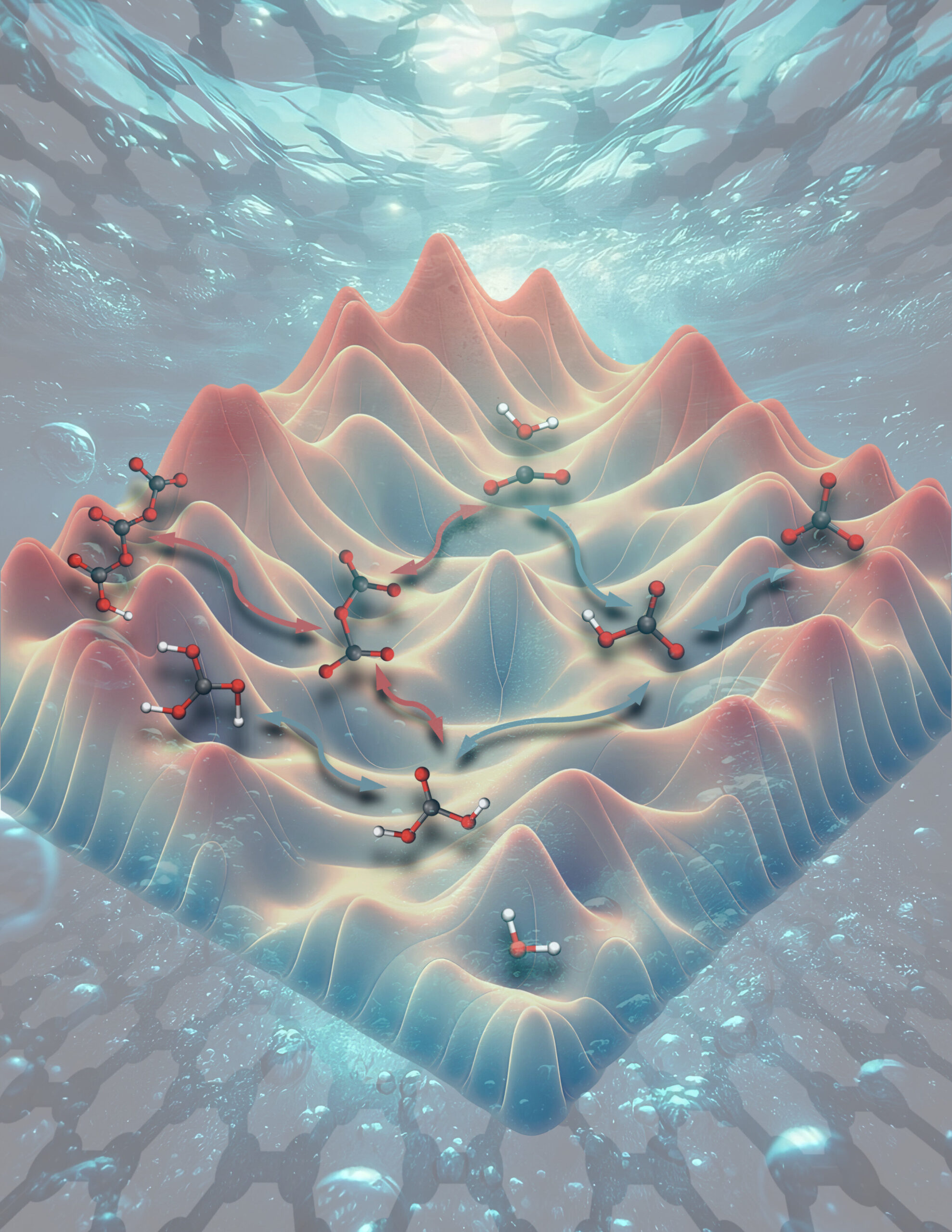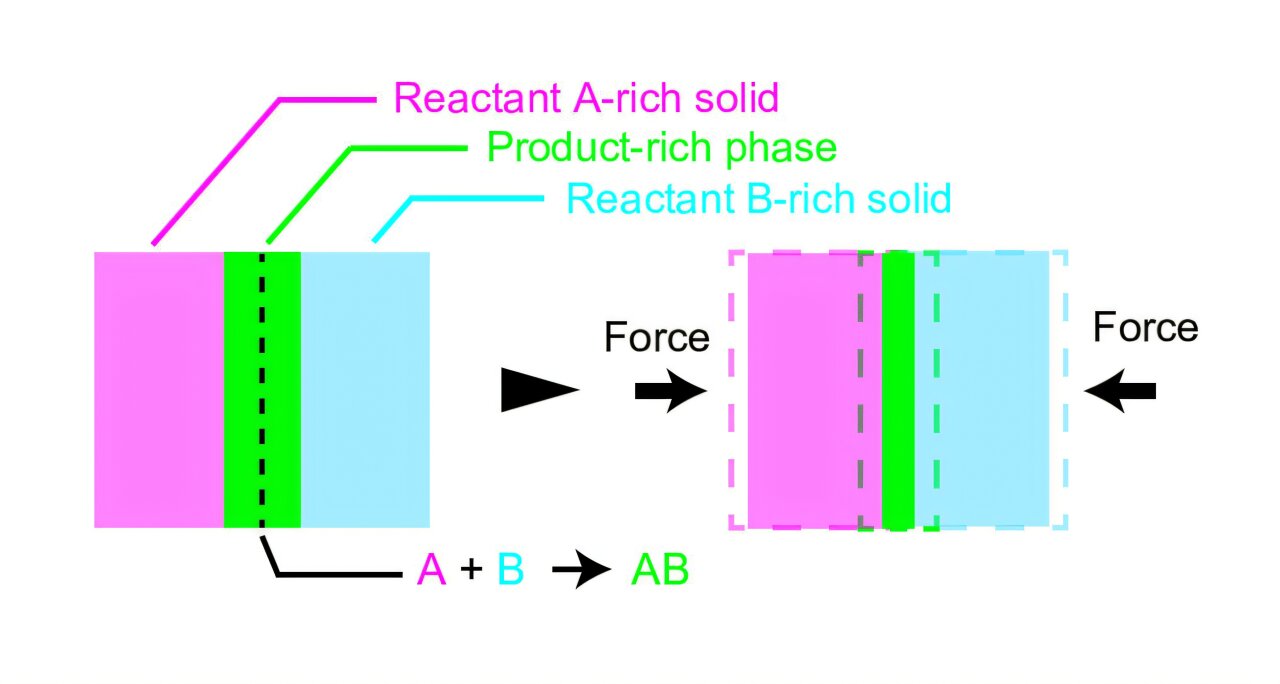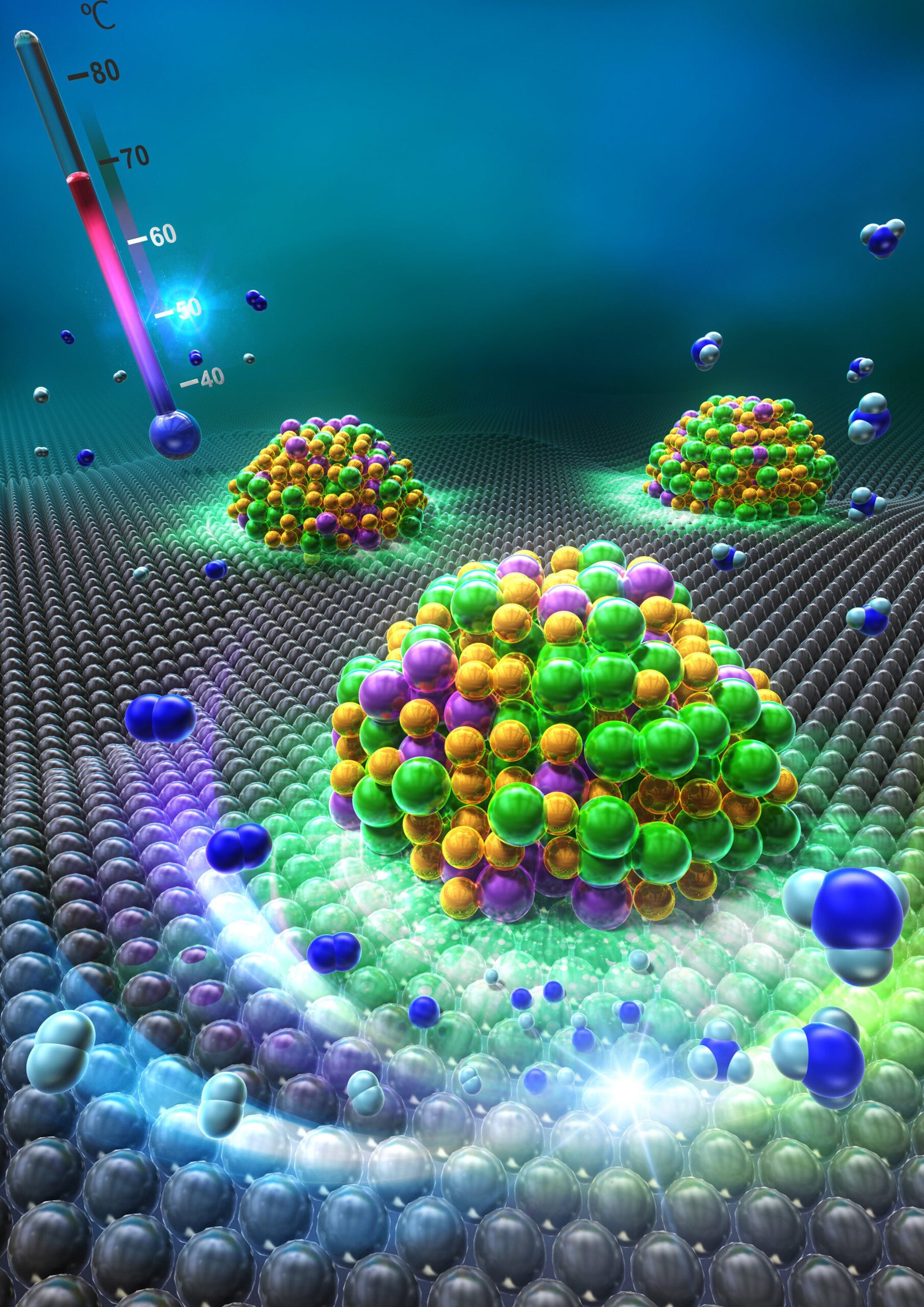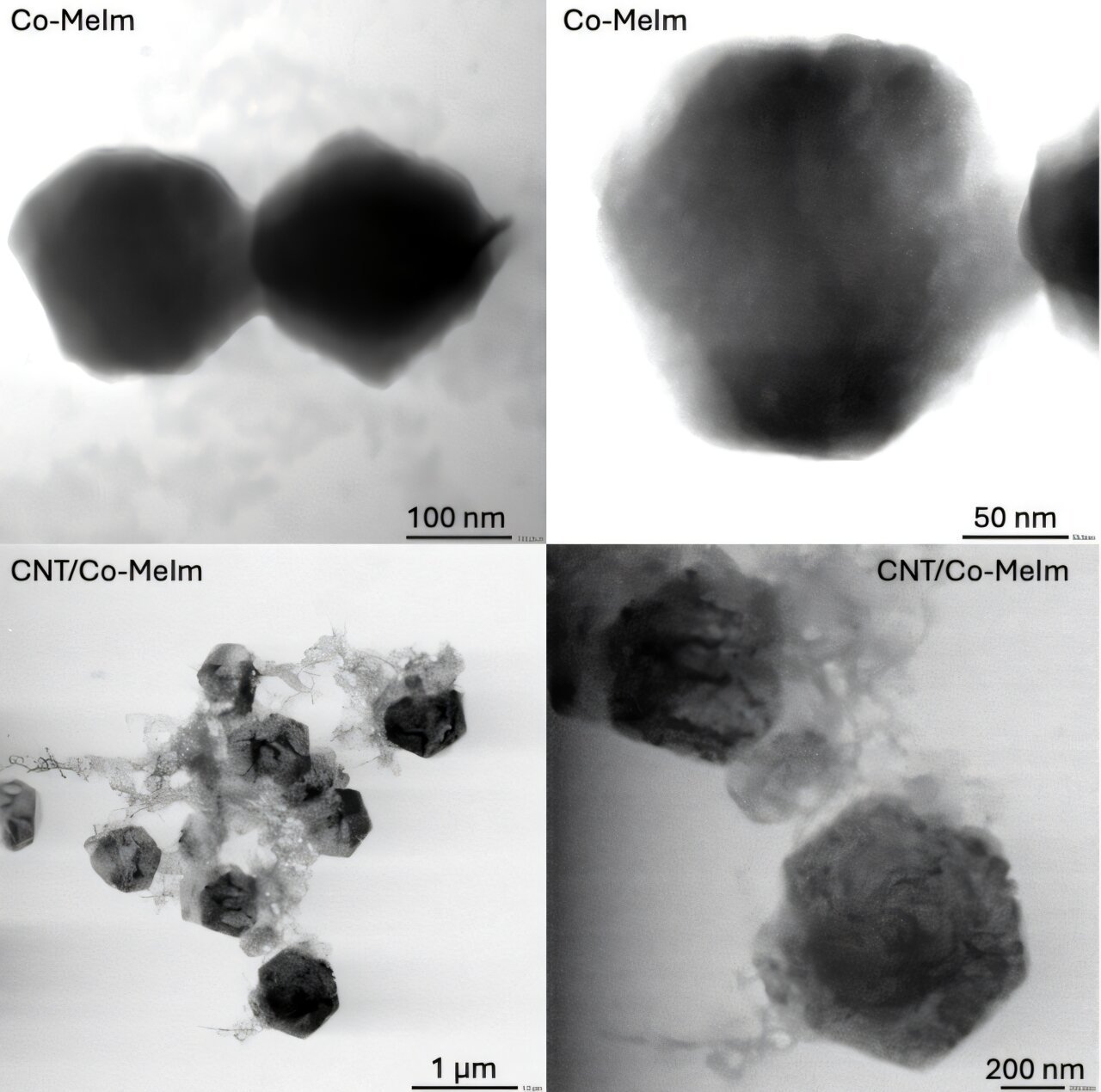A groundbreaking method for cooking eggs to achieve optimal texture and nutrition has recently been detailed in Communications Engineering. The technique, called periodic cooking, was developed by Pellegrino Musto and…
Category: Chemistry
Scientists Synthesize Ibogaine, Paving the Way for New Addiction Treatments
Ibogaine, a psychoactive compound derived from the iboga shrub (Tabernanthe iboga) and the voacanga tree (Voacanga africana), has attracted considerable attention in recent years for its potential to treat a…
Oak-Based Biochar Effectively Removes and Reduces Toxicity of Chromium(VI) in Water
Researchers at the University of Waterloo have uncovered a promising solution for combating chromium contamination—an environmental issue that poses significant health risks. A special form of biochar, produced by heating…
New AI-Powered Method for Mapping 3D Genome Structures
Every cell in your body, whether it’s a brain cell, skin cell, or liver cell, carries the same genetic information. Yet, despite having the identical genetic sequence, each cell expresses…
Researchers Discover Glycosylation Does Not Significantly Alter NISTmAb Structure
Monoclonal antibodies (mAbs) have become cornerstone tools in modern medicine, offering groundbreaking treatments for a wide range of diseases, from cancer and Alzheimer’s disease to autoimmune disorders and infectious conditions.…
Scientists Discover Unexpected Behavior During Nitrate Reduction
In a groundbreaking development in the field of electrocatalysis, scientists have uncovered new insights into how catalysts behave during nitrate reduction, an important process for recycling nitrates into ammonia. This…
New Bio-Based Thermosets Offer Durability and Recyclability
When we think of everyday items like car tires, replacement hip joints, and bowling balls, many of them have one thing in common: they’re made from a class of plastics…
Scientists Discover Novel Method for Recycling Polystyrene and PVC Using Carbon Black
In a groundbreaking discovery, researchers at Princeton University’s Stache Lab have found an unexpected superpower in black plastic. The unassuming black plastic lid on your coffee cup—like many other plastic…
Quantum Leap in Cancer Drug Discovery
Recent research, led by University of Toronto (U of T) researchers in collaboration with Insilico Medicine, has revealed an exciting possibility for revolutionizing the drug discovery process. By combining quantum…
The Hidden Complexity of Proteoforms in Living Organisms
Proteoforms, which are distinct protein molecules arising from a single gene through various modifications, play an essential role in the physiological functions of living organisms. These proteoforms are generated through…
Defective Ceria-Supported Trimetallic Catalyst Achieves Unprecedented CO₂ Reduction Performance
A groundbreaking study published in Proceedings of the National Academy of Sciences has introduced a new trimetallic catalyst, composed of nickel (Ni), copper (Cu), and zinc (Zn) nanoparticles supported on…
High-Performance Dual-Phase Cu Foam Electrode for Efficient and Stable Electrocatalytic Nitrate Reduction to Ammonia
Ammonia (NH3) is an essential chemical widely used in fertilizers, industrial processes, and as a precursor for many chemicals. The conventional method for producing ammonia, the Haber-Bosch process, has been…
New Dye Penetrates Deeper for Improved Medical Imaging
In a groundbreaking development, a team of researchers from Tokyo Metropolitan University has created a new dye with the remarkable ability to strongly absorb second near-infrared (IR) radiation, transforming it…
Plant-Based Solution for Combating Harmful Algal Blooms
A new study published by Clarkson University’s research team provides fresh insight into an eco-friendly, plant-based alternative to the traditional chemical methods used to control Harmful Algal Blooms (HABs). The…
Asymmetric Living Polymerization of Polyisocyanides in Chiral Liquid Crystals
In a significant breakthrough in both asymmetric chemistry and polymer chemistry, researchers at the University of Tsukuba have unveiled a novel process for achieving living polymerization of polymers with aligned…
Metal-Organic Cages Show Promise for Removing Pollutants from Water
Scientists at The University of Manchester have developed a groundbreaking material with the potential to combat one of the most pressing environmental issues of our time—water pollution caused by harmful…
First-Principles Markov Models Reveal Pyrocarbonate’s Role in CO₂ Dissolution in Supercritical Water
A groundbreaking study led by a research team from the Hong Kong University of Science and Technology (HKUST) has unveiled crucial insights into the reaction mechanisms of carbon dioxide (CO₂)…
New Theory Explains Acceleration of Mechanochemical Reactions
In the field of chemistry, there is an increasing push towards more sustainable practices that minimize the negative environmental impact of traditional industrial processes. Mechanochemistry stands out as a particularly…
Inverse Catalyst Structure Boosts Ammonia Production Efficiency
Ammonia (NH3) is one of the most crucial chemicals in today’s world, serving as the backbone of fertilizer production and, consequently, playing a vital role in boosting agricultural yields and…
Metal-Organic Frameworks with Redox Mediators Enhance Enzyme-Based Electrochemical Sensors
Researchers at the University of Tsukuba have made a remarkable advancement in the field of electrochemical biosensors, presenting a new material that enhances the performance of enzyme-based sensors. This innovation…


